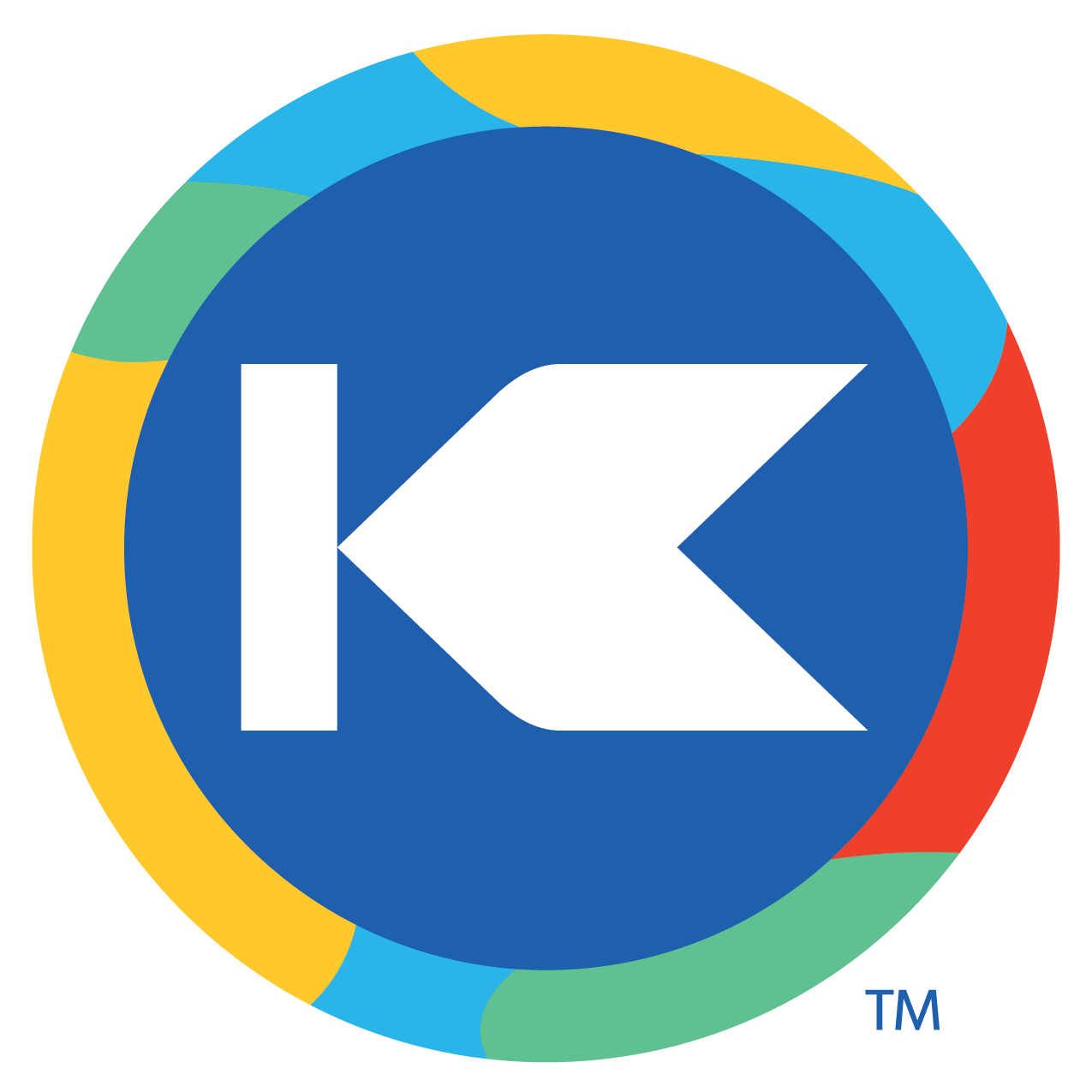What is HSA? What is FSA? How can I use an HSA or an FSA for prescription sunglasses? Let’s answer these questions and more with a deep dive into flexible spending accounts and how to use one to cover the cost of buying eyeglasses online.

HSA AND FSA: THE BASICS
Both an HSA (health savings account) and an FSA (flexible savings account) are tax-advantaged accounts designed to help you allocate money to healthcare and medical costs. Both HSAs and FSAs are for people who have health insurance and wish to put aside money for medical expenses deemed “qualified” by the IRS. This list of qualified expenses is long. It includes dental care, prescription drugs, over-the-counter medications, and vision care.
HSAs and FSAs exist to pay for healthcare expenses that aren’t entirely covered by your insurance. Both allow you to put tax-exempt funds toward your immediate healthcare needs. According to IRS rules, people normally can’t contribute to both HSAs and FSAs in the same year. So one must choose between an FSA and an HSA.
Importantly, both FSAs and HSAs cover eyewear, including readers and prescription sunglasses.

WHAT IS THE DIFFERENCE BETWEEN FSA AND HSA?
Employers sponsor FSAs, and about 63% of U.S. companies offer FSAs to their employees. Usually, the employee chooses an amount that gets deducted from their pay for the FSA. An employer can contribute to an FSA, but most employers don’t. Only about 5% of people who have FSAs get employer contributions. For 2024, the IRS set the tax-deductible limit an employee can contribute to an FSA at $3,200.
Unlike FSAs, HSAs can be independent from employers. But they don’t have to be. And getting an HSA has a hitch: you must qualify. Your insurance plan must be “HSA-eligible.” So make sure that phrase is in writing before you sign on to a plan. People who qualify for HSAs can’t be eligible for Medicare and can’t be claimed as dependents on someone else’s tax return. For 2024, the HSA contribution limit is $4,150.
HOW DO YOU SET UP AN HSA?
First, you need to have a high-deductible healthcare plan (HDHP), which has a low monthly premium. Once you’re in that HSA-eligible plan, your healthcare provider may partner with an HSA provider you can choose. Alternatively, your bank or credit union may have an HSA option. Or you can find HSA providers online.
SHOULD YOU CHOOSE AN HSA OR AN FSA?
Both are effective ways to manage out-of-pocket medical expenses. Younger and healthier people often gravitate toward HSAs with HDHPs, which are some of the most affordable healthcare plans around. A little homework can help you decide. Do a side-by-side comparison of yearly premiums, out-of-pocket costs, and deductible costs. And (if you’re lucky) any employer contributions.

WHAT’S THE DEADLINE FOR USING FSA?
You can use FSA money starting on the first day of the year and must use the funds by the end of the year. It’s a (mostly) use-or-lose deal. Some plans allow a grace period of up to ten weeks (until March 15) into the next year to use your previous year’s FSA funds. The IRS allows employers to permit up to $640 (in 2024) of an unused FSA fund to roll over into the next year. But not all companies allow this rollover.
HSAs don’t have such deadlines. Even if you get your HSA through an employer, you own it. And so it’s not use-or-lose; contributed funds carry over year after year. You can also take an HSA with you if you switch employers.
THE BENEFITS OF AN HSA
Tax benefits vary by the kind of HSA you have. If you elect to allow a deduction from your paycheck, that contribution to your HSA is non-deductible. If you directly contribute the HSA money (not through an employer’s payroll), then that contribution is tax deductible.
You might also consider the use of an HSA beyond prescription eyewear and other immediate healthcare needs. HSAs have been touted as “retirement loophole tricks.” With a balance that compounds over years, the tax-exempt funds of an HSA can serve as a handy supplement to retirement savings.
The big plus? You don’t have to use the unspent funds on healthcare needs; you can invest them in assets including stocks, bonds, and mutual funds. For people over 65, they can use the HSA balance for anything they like beyond these investments. In this latter case, one has to pay taxes on the withdrawal from the HSA.

ARE FLEXIBLE SPENDING ACCOUNTS THE SAME AS VISION INSURANCE?
No. HSAs and FSAs can be used to cover a broad range of healthcare expenses. Even a few seemingly odd medical expenses, such as sunscreen and weight-loss programs. Vision insurance typically covers eye exams and prescription glasses or contact lenses. But they’re not mutually exclusive; one might use vision insurance to pay for traditional prescription glasses and an FSA or an HSA to cover supplemental vision care.
ARE PRESCRIPTION SUNGLASSES COVERED BY FSA?
They sure are! HSAs too. If those new Knockaround shades are prescription glasses, they qualify as a healthcare expense the same as any prescription glasses or contact lenses.

ARE READING GLASSES COVERED BY FSA?
Absolutely! You can use both an FSA and an HSA to cover the costs of both prescription glasses and non-prescription reading glasses. With four magnification strengths, Knockaround readers offer a wide range of frame styles and an eclectic array of customizable colorways. So why settle for generic over-the-counter readers when you can custom-order your reading glasses to match your unique sense of style?
CAN I USE MY HSA TO BUY GLASSES ONLINE?
You sure can! HSAs and FSAs make no distinction between online and in-store purchases.
If you want to buy a pair of readers online, you’ll need to know the right magnification strength. One of the easiest ways to determine that is to use a strength test chart. Download and print the chart. Hold it 14 inches from your face, and it’ll tell you the magnification power you need.
For online prescription glasses, just upload your current eyeglass prescription in a PDF, PNG, or JPG file. Plus your pupillary distance, which is often included in your vision prescription. It’s usually listed as a number, such as 64, which is a common pupillary distance.
Can’t find your pupillary distance number on your eyeglass prescription? No problem! There are a few simple ways to measure your pupillary distance. These range from the low-tech method of a simple ruler to high-tech tools, including the GlassesOn app and the GlassifyMe app.

HOW CAN I BUY FSA- AND HSA-ELIGIBLE ITEMS SUCH AS PRESCRIPTION GLASSES?
You’ve come to the right place! When shopping prescription eyewear at Knockaround.com, you simply purchase prescription sunglasses as you normally would and get reimbursed through your employer or plan provider. How much you can spend depends on how much you have in your FSA or HSA account. Most plans have sufficient funds to cover 100% of prescription eyewear costs.
HOW DO I GET REIMBURSED FOR FSA-ELIGIBLE PRODUCTS?
In most cases, FSA and HSA reimbursement requires filing a claim with your employer. That claim usually includes proof that the product or service you paid for isn’t covered by your medical plan. Keep in mind that the money you get back isn’t taxable. So there’s no tax when the money comes out of your paycheck and no tax when it goes into your pocket.
WHAT IS THE DEADLINE FOR FSA REIMBURSEMENT?
That’s an important question, as most FSAs have “use it or lose it” deadlines. Your “lose it” deadline will likely be December 31. However, it is common for companies to accept claims until March 15. That means you get an extra two and a half months to spend the FSA money from the previous year. About one-third of U.S. companies allow this grace period.
Don’t leave money on the table! Each year, people with FSA accounts forfeit their funds to the collective tune of $1 billion! This includes more than a third of FSA account holders who have grace periods until March 15.
You will have less of a “lose it” situation if your employer plan permits carryover of up to $640, as set by the IRS for 2024. Which is a great amount if you’re looking to spend on lower-cost healthcare items such as prescription sunglasses. But even among people who have FSA carryovers, about 50% of them still end up not using the money.
And a word of warning about stockpiling. It’s a no-no with the IRS, which expects people to buy only what they require for their healthcare needs that year. So a backup pair of prescription sunglasses, and perhaps some readers, would likely be okay. But don’t overdo it; you can wait a few months and use next year’s FSA money for your next pair of prescription sunglasses.
An FSA and prescription sunglasses go together perfectly! So why not use your health savings account to pick up a pair of FSA-eligible shades? The perfect pair of prescription Knockarounds are waiting for you!
Written for Knockaround by William McCleary





U.S. Ski & Snowboard Events Schedule
What Are Blue Light Readers?